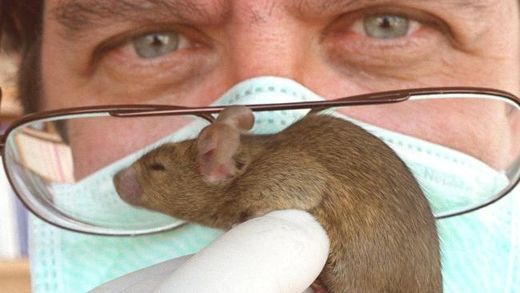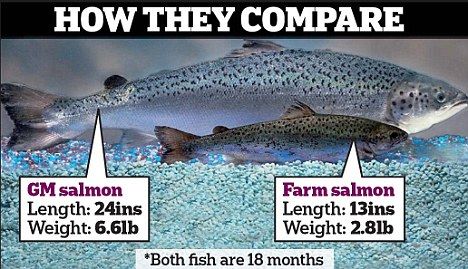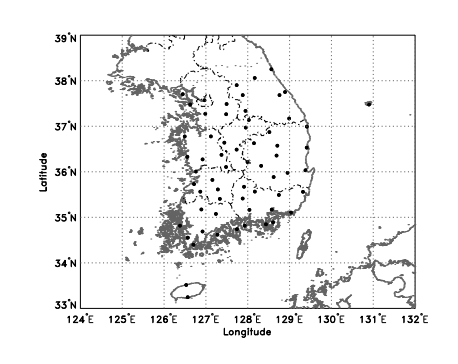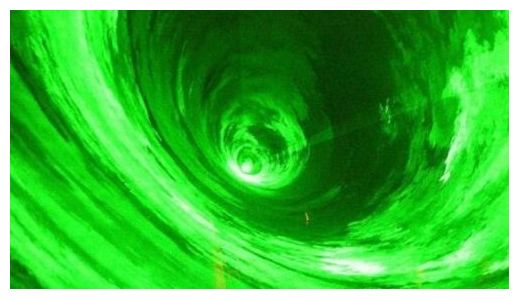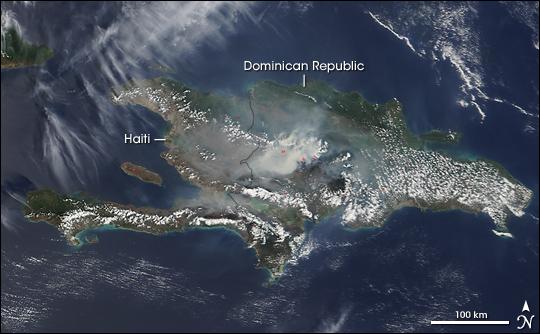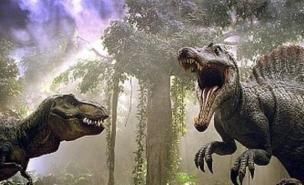The Intestinal Microbiota Affect Central Levels of Brain-Derived Neurotropic Factor and Behavior in Mice
Let's dive in. Ooh, I like the first part:
The intestinal microbiota is a vast ecosystem that shapes a wide variety of host functions, both within and outside the gastrointestinal tract.Y'all may recall my previous article in which we have evidence that your commensal beasties, which make up 90% of your cells, also control a mouse's brain (and possibly yours.) And something like this paper and this experimental design excite me more than the endocannabinoid/rat paper I wrote about yesterday. I don't doubt that we probably have endocannabinoid receptors for corn oil (which may be activated by all kinds of fats) in our guts, or ones for sweets in our mouths, I'm just not sure what it means when isolated in that way via the sham-feeding and with creepy rat chow liquid diets that immediately drain out and dribble onto the rat cage in a gross gut slurry. However, we do have to keep in mind that these are rodents who diverged from the family tree many many many millions of years ago...
